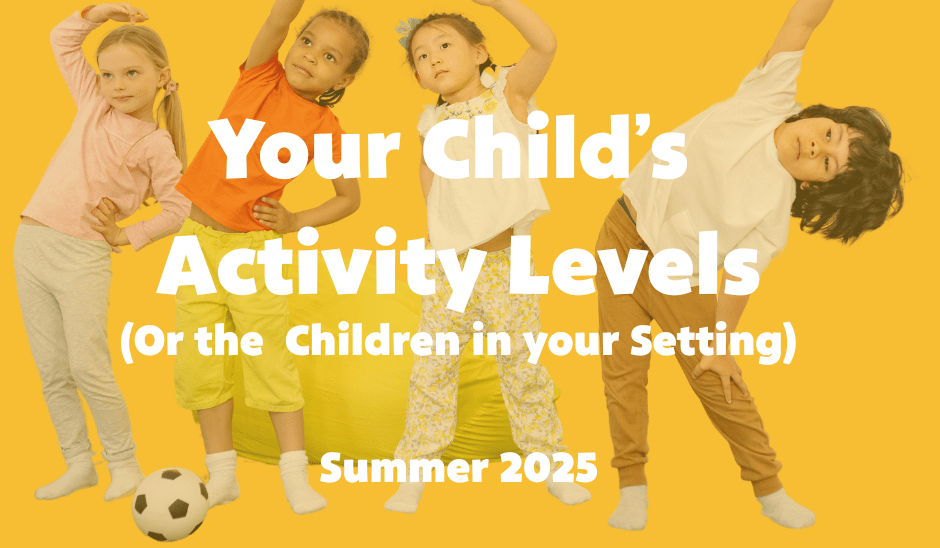Movement Matters! is one of Stretch-n-Grow’s first foundational surveys we conducted. It really gets to the heart of our mission. Movement Matters gave us an understanding of activity levels in preschool children. In addition, why it is so crucial? It highlights that active play isn’t just about burning off energy for preschoolers; it’s fundamental to their holistic development. Think of it as the cornerstone upon which so many other skills are built.
We have a new 2025 Survey for you to complete. Here is the link
The importance of movement activity levels matters in this age group
Physical Health
This is perhaps the most obvious benefit. Regular physical activity helps preschoolers build strong bones and muscles, improve cardiovascular health, and maintain a healthy weight. In a world where sedentary behavior is increasingly common, establishing active habits early is vital for long-term well-being and can help reduce the risk of childhood obesity and related health issues later in life.
Cognitive Development:
Believe it or not, movement and brain development are intricately linked. Physical activity increases blood flow to the brain, which can enhance attention span, memory, and problem-solving skills. Gross motor movements can even lay the groundwork for fine motor skills needed for writing and other tasks. Think of a child navigating an obstacle course – they’re not just moving their body; they’re also planning, strategising, and problem-solving in real-time
Social and Emotional Development
Active play often involves interacting with others, whether it’s chasing friends, taking turns, or participating in group games. These interactions help children develop crucial social skills like cooperation, communication, sharing, and negotiation. They also learn to understand and manage their emotions, build confidence, and develop a sense of belonging
Motor Skill Development:
Preschool years are a critical period for developing both gross motor skills (large movements like running, jumping, and throwing) and fine motor skills (smaller movements like grasping, drawing, and buttoning). Active play provides countless opportunities to practice and refine these skills.
Language Development: Movement and language can be surprisingly connected. Children often learn new words and concepts through active experiences, such as identifying body parts during a movement song or describing actions during play.
A survey aims to:
Assess the current activity levels of the preschool children we work with, whilst not excluding new locations. This provides a baseline understanding and helps identify any potential areas of concern.
Highlight the variety and types of movement experiences children are engaging in. Are they mostly involved in structured activities or free play? What kinds of movements are most common?
Educate parents and educators about the recommended levels of physical activity for preschoolers and the benefits of movement. Give us an understanding of the needs and current activity levels of children and allows us to tailor our programmes to be more effective.
Questions
If you have an questions or you would like to get more information. Contact us
Stretch-n-grow is a worldwide programme





